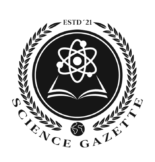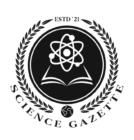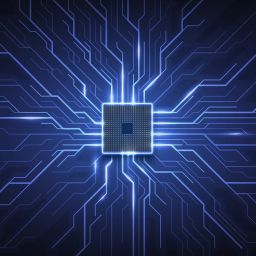
Researchers from QuSoft and the Institute of Physics have proposed a novel approach for quantum computing in trapped ions
A novel design for a scalable quantum computer has been presented by physicists. They were able to create new building blocks for quantum computing using the collective motion of the component particles, which face less technological challenges than existing state-of-the-art approaches.
A novel design for a scalable quantum computer has been presented by physicists at the University of Amsterdam. They were able to create new building blocks for quantum computing using the collective motion of the component particles, which face less technological challenges than existing state-of-the-art approaches. Physical Review Letters just published the findings.
The researchers are part of the Rene Gerritsma and Arghavan Safavi-Naini groups at QuSoft and the Institute of Physics. Matteo Mazzanti, a PhD candidate, spearheaded the endeavor, which combines two key elements. One of the most promising alternatives for quantum computing is the trapped-ion platform, which uses ions, which are atoms with either a surplus or a deficit of electrons and are therefore electrically charged. The other way involves using optical tweezers and oscillating electric fields to regulate the ions delivered.
Trapped-ion quantum computers employ a crystal of trapped ions, as the name indicates. These ions have the ability to move both individually and collectively. It turns out that the ions’ putative collective movements make it easier for individual pairs of ions to interact. This notion is made real in the proposal by providing a uniform electric field to the whole crystal in order to mediate interactions between two distinct ions. Tweezer potentials are used to pick the two ions, as seen in the picture above. The electric field’s homogeneity ensures that just the two ions may travel along with the other ions in the crystal. As a consequence, the intensity of the contact between the two chosen ions remains constant regardless of their distance apart.
A quantum computer is made up of ‘gates,’ which are minuscule computational building units that execute quantum equivalents of operations like ‘and’ and ‘or.’ These gates operate on the ions in trapped-ion quantum computers, and their function is dependent on the interactions between these particles. Because such interactions are independent of distance in the aforementioned configuration, the length of a gate’s operation is likewise independent of distance. As a consequence, this quantum computing method is intrinsically scalable, and it presents less technological hurdles for creating comparable well-operating quantum computers as compared to other state-of-the-art quantum computing schemes.


